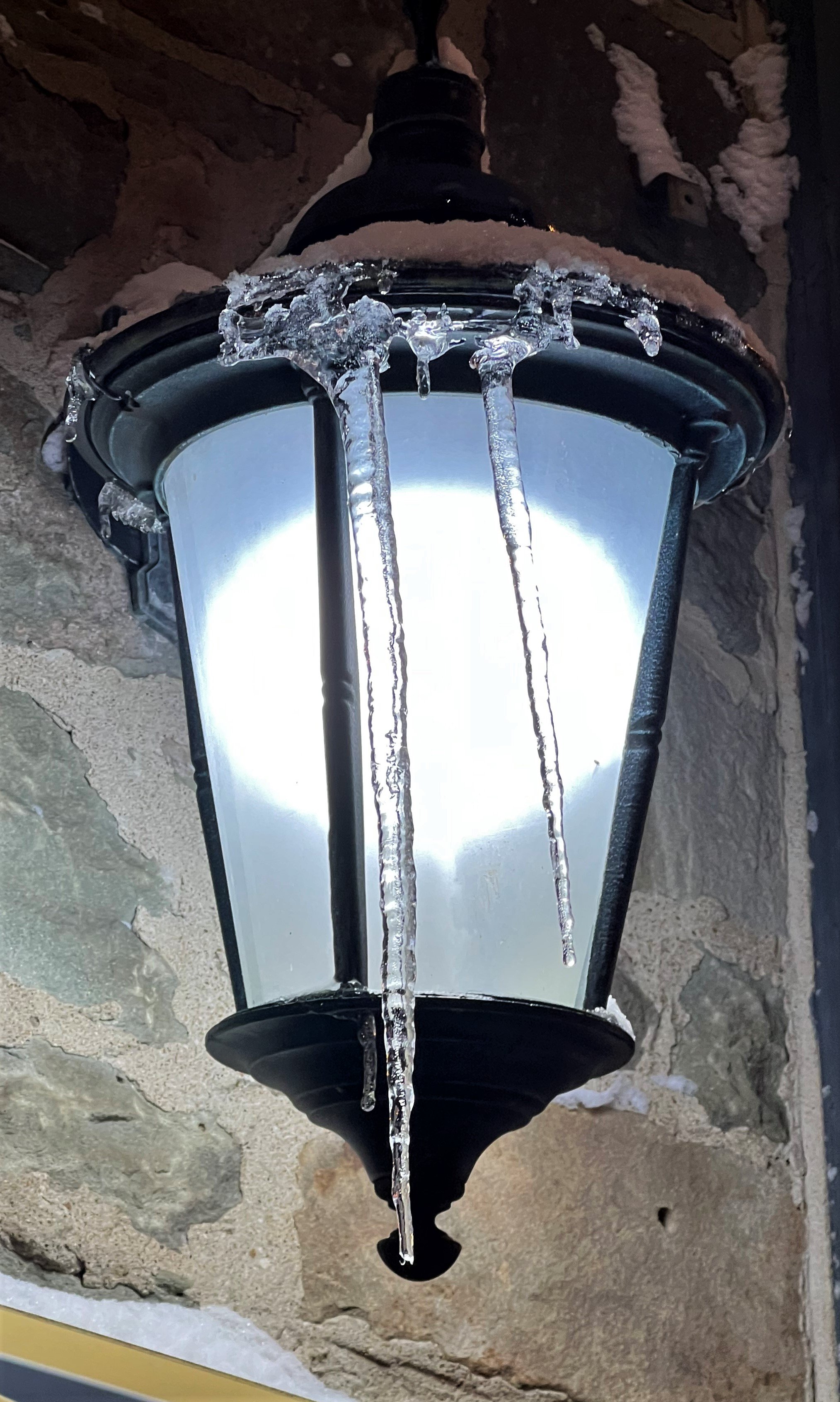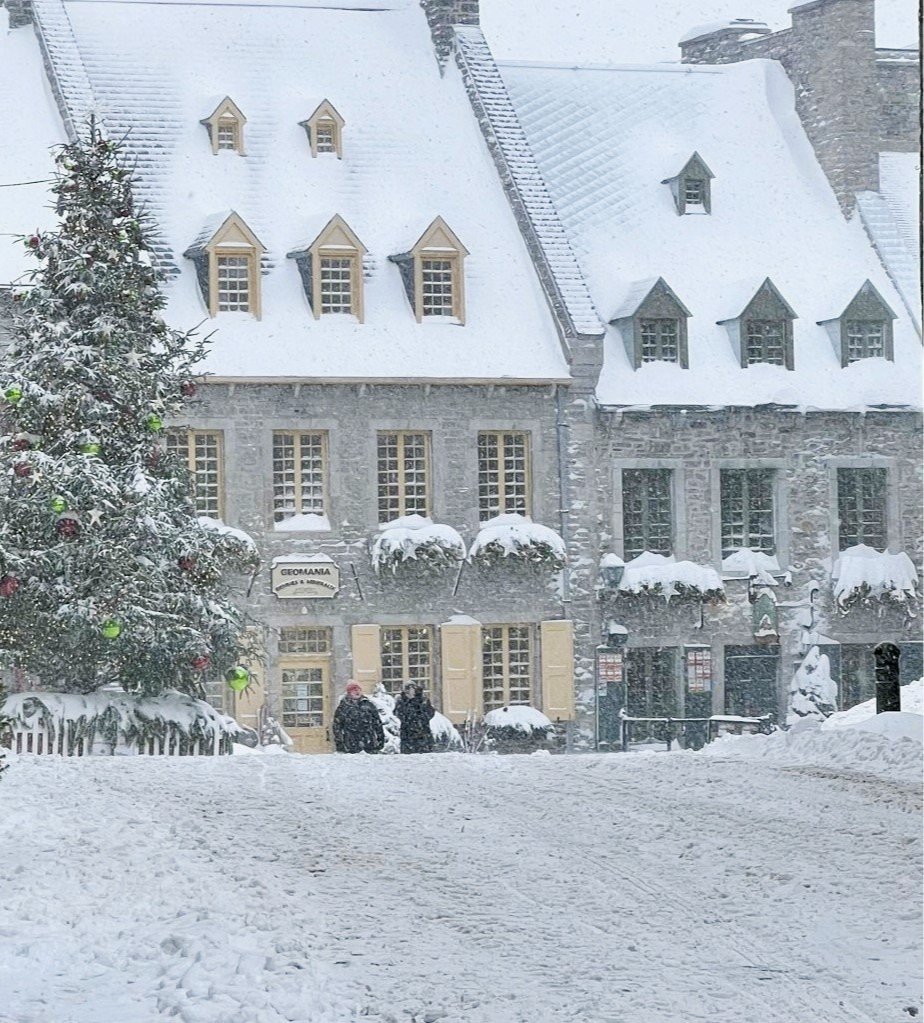Jonathan C. Lewis
Author and Artist
Hot and Cold
A fictional travelogue; four minutes to read.
From my hotel’s vantage point, the hilly, smoke-stacked skyline of Quebec City spills downward to the river’s craggy edge. The muddy gray of the night sky is fading to a pink blush. Widening on the horizon is a strand of blinding blue streaky with white clouds. The air is too cold to breathe.
The morning light filters into our room. Notwithstanding my double-paned glass hotel room window at the Chateau Frontenac, the view is chilling.
Every surface is covered by a snowy white tarpaulin. On the windowsill, snow sparkles as it catches the morning sunrise. The only movement are the slow-drifting ice floes on the St. Lawrence River.
Behind me, my wife—burrowed deep into a pile of blankets—is sleeping. Turning, I whisper, “Time to get up, darling. It’s snowing. Look! The bathroom fixtures are all white.”
Later, if my wife brings up the quality of my morning jokes, I’ll deflect her by questioning why I am not in a beach hammock on the Yucatan Peninsula. This trip to a cold storage box inside an ice chest inside a freezer is her idea. The bone-chilling weather was never my idea of a holiday.
Our family—teenage son Ben and pre-teen daughter Brittany—is in Quebec to visit North America’s only ice hotel, mush a dogsled and learn a little Canadian history. Personally, I am focused on the history of central heating and the invention of hot chocolate.
Quebec City, a UNESCO World Heritage site, is home to one of the world’s grand hotels, the Frontenac. Built in 1893 by the Canadian Pacific Railway to boost rail tourism, it perches on a promontory like a stage podium prepared for a grand orator.
The Terrasse Dufferin is a boardwalk stretching along a bluff overlooking Old Town Quebec. Narrow, cobbled streets—a scene from Dickens—are lined with art galleries, cafes, crafts by indigenous peoples, hot maple syrup candy, junky souvenir shops. The nearby Musee de la Civilization curates the detritus of communal living in the same way my wife curates our family’s everyday life—mundane memories molded into love.
The fallen snow muffles our footfalls. Babies are entombed in their strollers. Romping dogs wear doggie booties. Passersby with ruby-red cheeks are bundled beyond recognition. I suppose with some practice it’s possible to identify people from just their runny noses.
Love aside, our family bonding occurs primarily in the morning when we sneer and snort about taking forever to layer up in long underwear, fleece vests, heavy jeans, sweaters, parkas, snow pants, woolen ski caps, mittens, scarfs and snow boots, then partially disrobe to use the bathroom one last time, then re-bundle before venturing out into the frosty day ahead.
Yesterday in a light snow fall, my wife and I stood to listen to the shrieks of our children tobogganing on Quebec’s oldest tourist attraction. Built in 1884, the track hurtles toboggans downhill for 800 feet at 43 miles an hour. Watching my kids, I barely had enough time to locate their health insurance cards.
As they took their third turn racing towards sudden death, I kissed my wife. Her soft, fluffy taste warms me to the boiling point. A snowflake landing on my heart.


